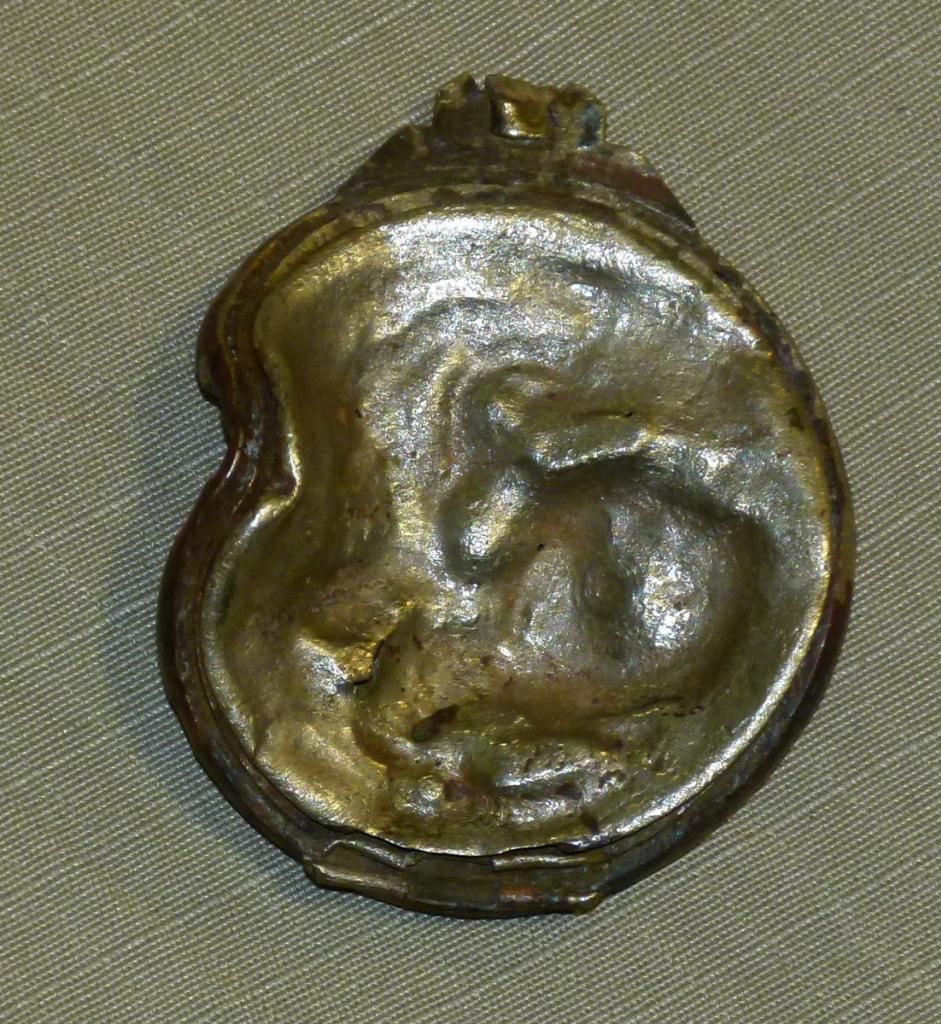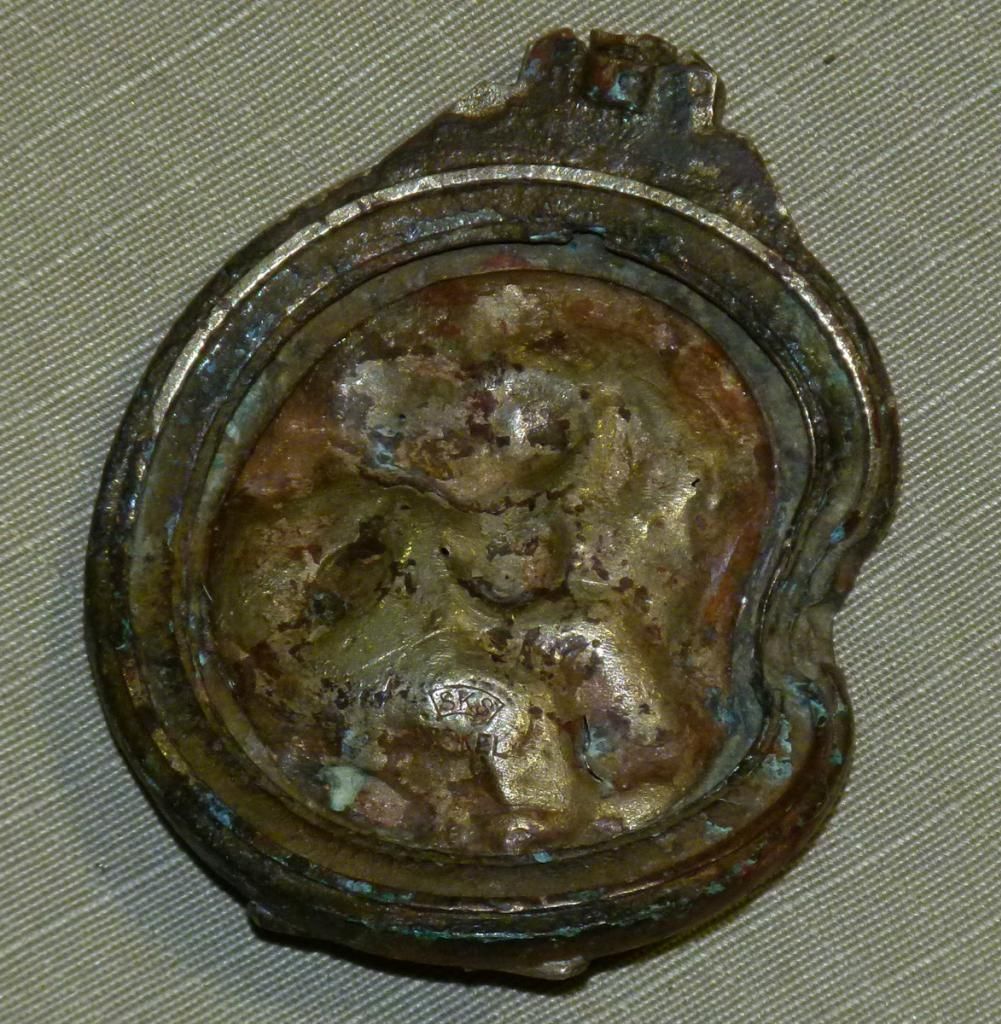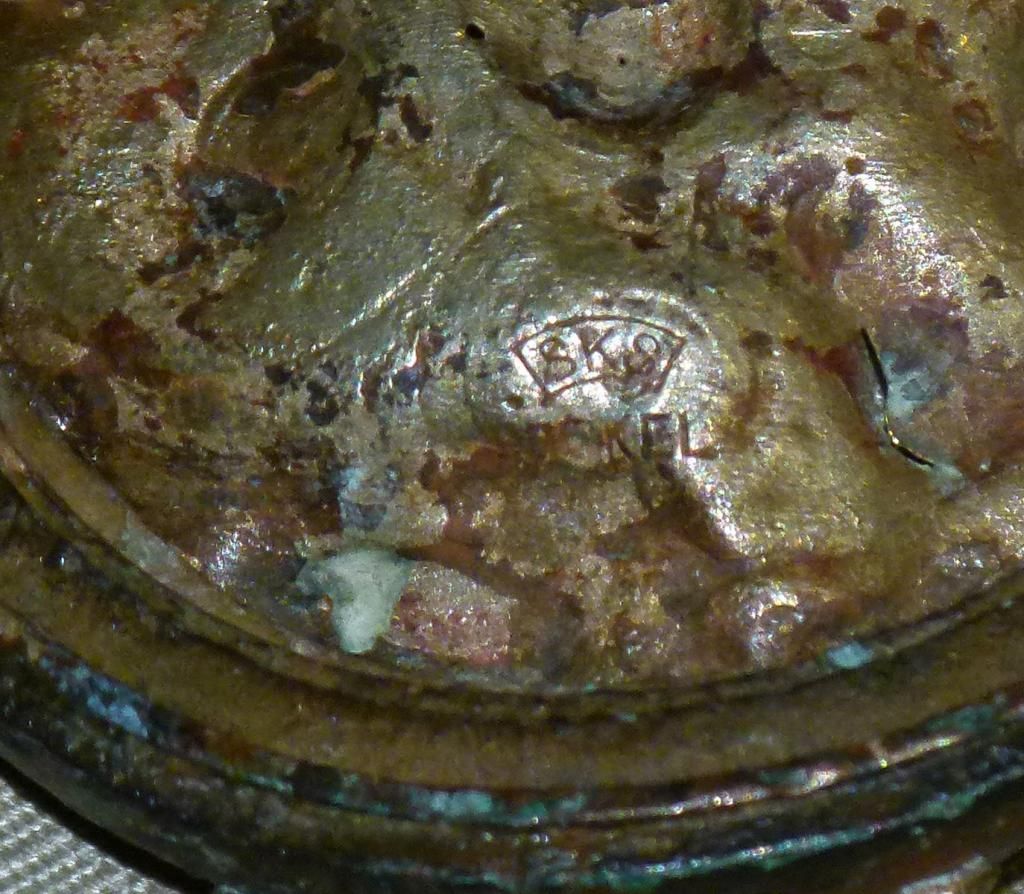Pocket watch, found in a Pacific bunker, marked "SKS Nickel" . This watch is interesting because the concussive blast that killed the owner left impressions of the gears and other internal parts on the back cover. This area of the bunker was damp, and no trace of human remains were found there.







Comment